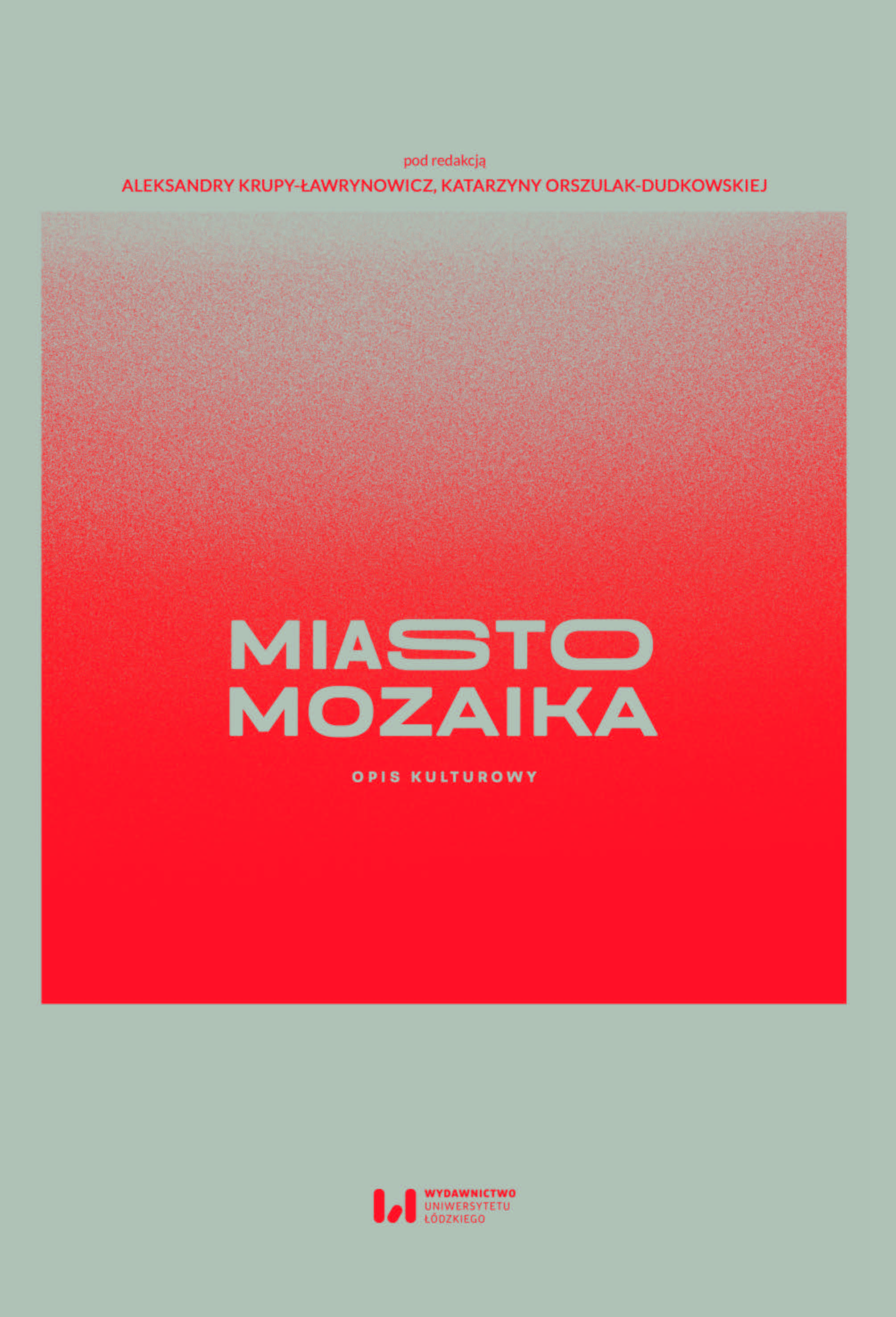Strój ludowy w mieście – o potrzebie posiadania wyróżnika środowiskowego i regionalnego
Urban folk costume – the need for environmental and regional indicator
Author(s): Anna Weronika Brzezińska, Mariola Tymochowicz
Subject(s): Anthropology, Cultural Anthropology / Ethnology
Published by: Wydawnictwo Uniwersytetu Łódzkiego
Keywords: folk costume; functions of folk costume; ethnocultural group; occupational group; city; Poznań; Biłgoraj
Summary/Abstract: The term “folk costume” referred to the formal and festive dress of a rural population. The adjective “folk” indicated the costume’s connection to a place (the village) and to its wearers (village residents). However, among the regional examples of Polish folk costumes there are at least several instances of folk costumes that were, and still are, inextricably tied to cities. The folk costume has functioned as an indicator of regional identity or belonging to a certain community, of civil status, age, and in its most elaborate, festive and formal style, as a mark of status and social position of the wearer or the entire group. The present article addresses the following questions: what was the function of traditional folk costume in the urban space in the past and what it is today; what formal roles does it currently play; does it function as a “city trademark” and if yes, then how this is done. The research focuses on the Bamber folk costume of Poznań and the Biłgoraj-Tarnogród folk costume of the sieve makers, each characterised by different origin shaped by distinctive economic, environmental and social conditions. What they both share is the present vitality and high recognisability among the present urban residents as well as outsiders (e.g. tourists).
Book: Miasto mozaika. Opis kulturowy
- Page Range: 227-238
- Page Count: 12
- Publication Year: 2023
- Language: Polish
- Content File-PDF

